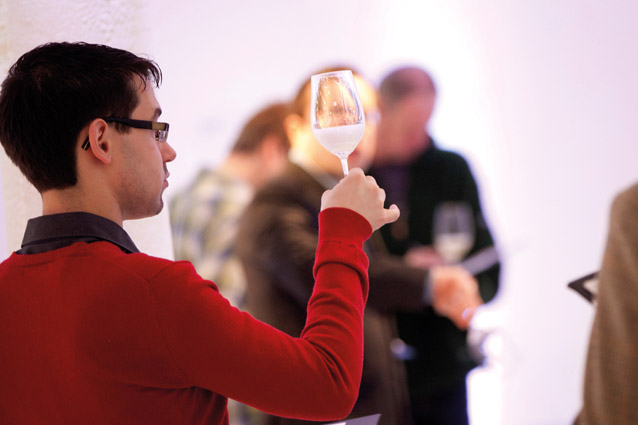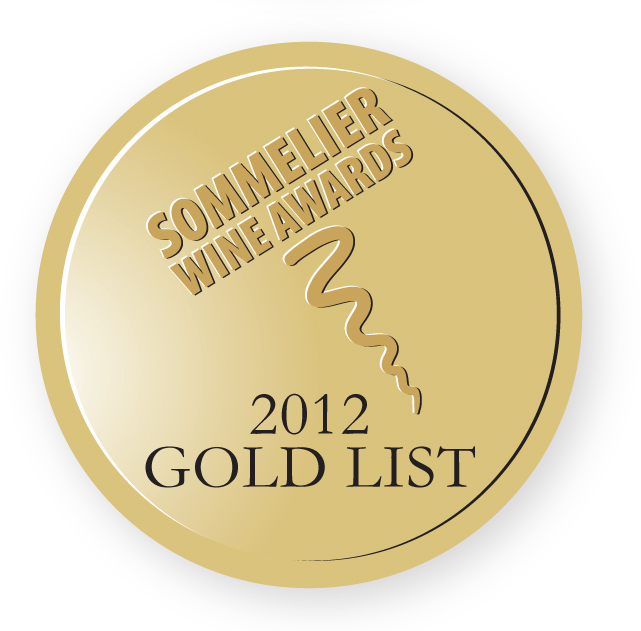FRANCE: Loire & Sancerre
The more restrained 2010 vintage suited Sancerre nicely, though there was a worrying lack of value for money throughout the region
I don’t know what it is about the Loire, but for some reason the various flights here made our tasters wax all philosophical. Muscadets were criticised for ‘lacking flow’, Sauvignons for ‘lacking energy’ and a flight of hapless Chenins were hauled over the coals for ‘not being relaxed’. All very zen.
But then the Loire – as a coolish, fairly northerly wine region – knows all about the balance between energy and effort, fruit and minerality, oak and purity. It just doesn’t always get them right. It’s a yin and yang thang…
 Muscadet was generally somewhat underwhelming this year. ‘I was looking for a good use of lees, but still clean. But a lot of the wines we tried had bad lees work – they lacked a sense of effortlessness,’ said Hakkasan’s Christine Parkinson.
Muscadet was generally somewhat underwhelming this year. ‘I was looking for a good use of lees, but still clean. But a lot of the wines we tried had bad lees work – they lacked a sense of effortlessness,’ said Hakkasan’s Christine Parkinson.
Chenin Blanc, with the 2009 vintage behind it, was the big winner in the Loire category last year, but more muted in 2012. Despite a range of prices, vintages and styles, the tasters found problems with oak, problems with alcohol and a general feeling of disjointedness to the wines. ‘You felt as if there was a lot of effort behind them,’ said Terroirs’ Emilie Courtois.
No such criticisms of the Cave de Saumur’s impressive La Cabriole, which followed its Gold last year, for the 2009, with another for the 2010 this year. ‘It was balanced and it had typicity,’ said Pollen Street Social’s Fionnuala Synott admiringly.
Sauvignon Blanc (in a way it hasn’t always) dominated the medals this year, though the response was lukewarm rather than super-positive, particularly for the non-Sancerres.
‘It was flat, dull and there was just no energy,’ sighed River Café’s Emily O’Hare.
‘Even too many of the higher-priced wines were insipid, oily, lacking in energy, vitality and precision,’ agreed Flint Wines’ Gearoid Devaney MS.
Even Sancerre, which managed two Golds, and clearly enjoyed the milder 2010 vintage, was not free of controversy, with two very different styles emerging. ‘Three, if you include this one,’ muttered Vinopolis’s Tom Forrest, waving around a peculiar, oaked wine that tasted unambiguously modern, but could have been made out of anything and come from anywhere.
Broadly, this was a winemaking battle between ‘restrained and mineral’ and ‘bigger and more fruity’.
‘Maybe some of them are influenced by the popularity of NZ Sauvignon,’ mused Mariyana Radulova of the Thames Yacht Club, who may need a police escort next time she goes to France for uttering such heresy. ‘I’m looking for a clean, stony, fresh style – that’s what people expect. I’m not a fan of the modern style. It’s not what customers are looking for.’
Her feelings were echoed elsewhere, with ‘traditional’ generally more popular than ‘modern’. Though the two wines that made the Gold List were very different in nature.
 Tasting Le Rochoy was like being beaten around the head by an incontinent feline (but in a good way!), while the Vacheron (which picked up a Silver last year) was gentler and more delicate, with a tight violin string of acidity sounding right through the wine. You pays your money, you takes your choice.
Tasting Le Rochoy was like being beaten around the head by an incontinent feline (but in a good way!), while the Vacheron (which picked up a Silver last year) was gentler and more delicate, with a tight violin string of acidity sounding right through the wine. You pays your money, you takes your choice.
All in all, three Golds, seven Silvers and five Bronzes was a decent showing for the region, though it was solid rather than spectacular and the lack of sub-£10 Sauvignon (or, indeed, any reds) ought to be a cause for concern, given that 2009 and 2010 were both good vintages. There was a feeling, too, that (bar one or two honourable exceptions) the Loire isn’t really over-delivering for the money.
‘I don’t object to oaking Sauvignon Blanc, but it’s got to be done sensitively.’ Hamish Anderson, Tate Group
‘People expect certain flavours from Sauvignon Blanc, and as a result it gets stereotyped.’ Igor Sotric, China Tang